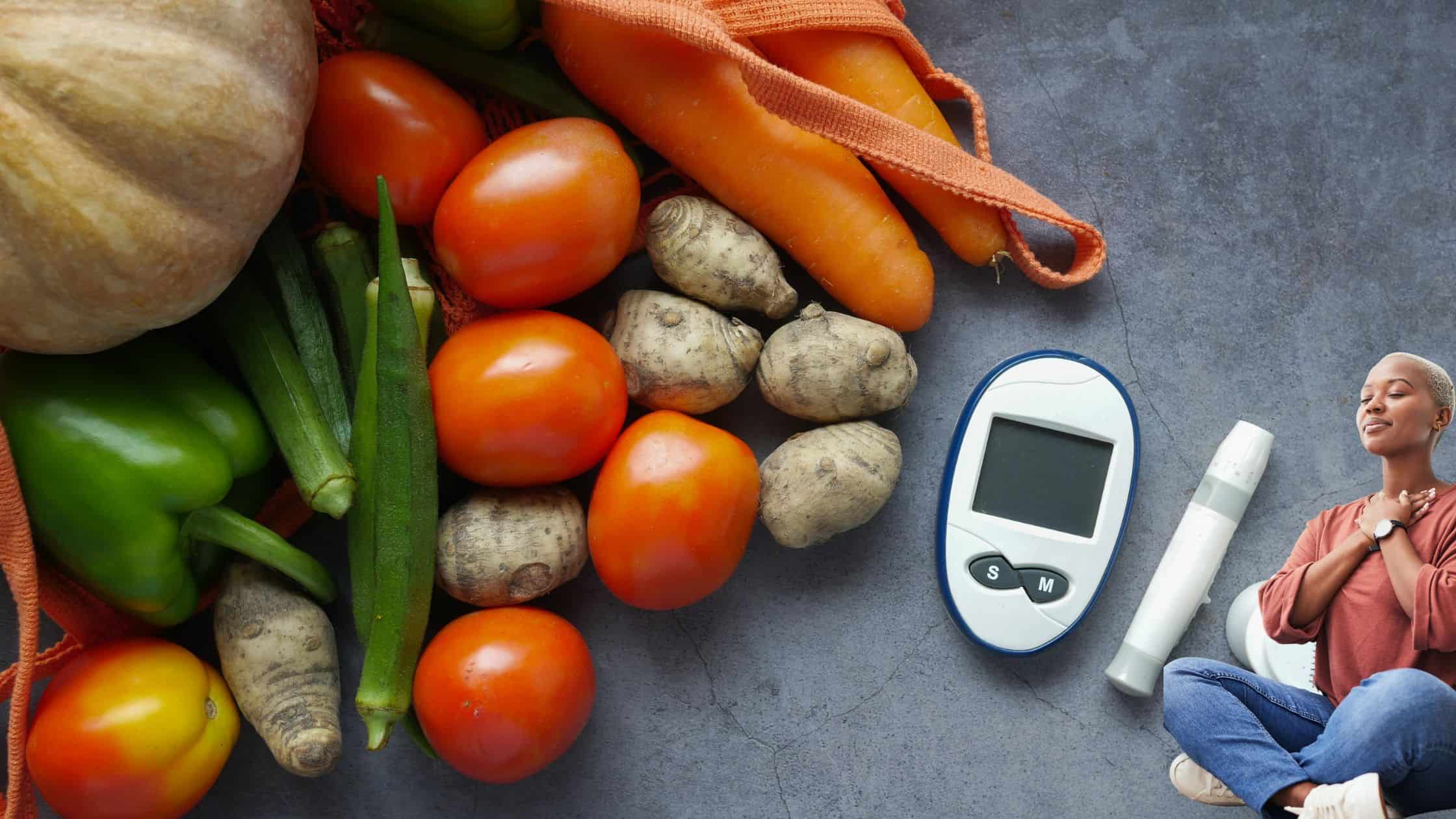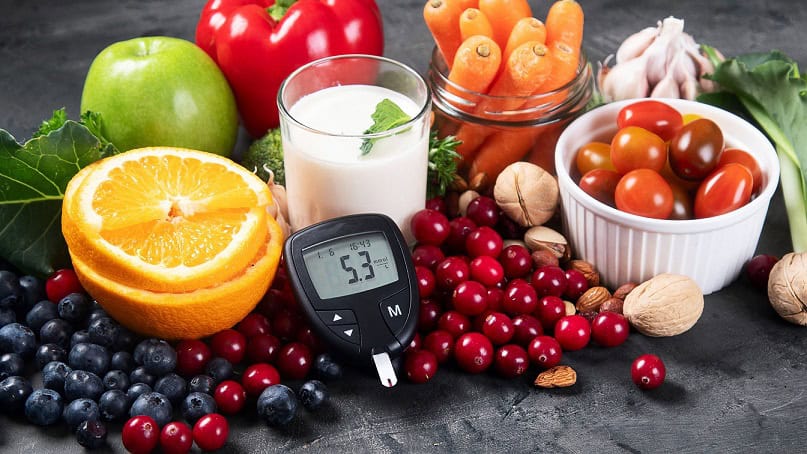Living a long and healthy life with diabetes is achievable with the right knowledge, discipline, and lifestyle choices. Advances in research and effective self-management strategies now empower people with diabetes to live well into their senior years, even up to 100 years and beyond. Here is a thorough article on how to live up to 100 years with diabetes, based on the expert insights and data from authoritative guides on diabetes management and reversal.
Understanding Diabetes and Its Challenges
Diabetes is a metabolic disorder characterized by elevated blood sugar levels either due to insufficient insulin production or ineffective insulin use (insulin resistance).
- Type 2 Diabetes, the most common form, is a dietary and lifestyle-related disorder that can be managed and even reversed naturally through diet, exercise, and intermittent fasting.
- Chronic high blood sugar damages organs progressively and can lead to complications such as neuropathy, retinopathy, kidney failure, and cardiovascular diseases. These complications significantly reduce life expectancy in untreated or poorly managed individuals.
According to the World Health Organization, over 830 million people worldwide live with diabetes, projected to exceed that number by 2040, with 2 million deaths annually attributed directly to diabetes complications. Nigeria has around 4 million diabetics, with risks worsening if no interventions are introduced urgently.
The Pillars of Living Longer With Diabetes
Living up to 100 years with diabetes depends heavily on three integral lifestyle pillars: Diet, Exercise, and Intermittent Fasting. Managing these pillars diligently can not only control blood sugar but also reverse diabetes naturally, preventing or delaying complications.
1. Diet: The Cornerstone for Diabetes Reversal
A dietrich in natural fats, moderate in protein, and low in carbohydrates is crucial. Avoid processed foods that spike blood sugar and inflammation. Opt for whole, nutrient-dense foods.
Key Dietary Practices:
- Low-Carb and Keto Diets are effective in lowering blood sugar and improving insulin sensitivity. Restrict daily carbs under 130 grams, or for ketogenic benefits, reduce to less than 30 grams per day.
- Focus on non-starchy vegetables (leafy greens, cucumber, zucchini), quality protein (chicken, fish, eggs), and healthy fats (coconut oil, olive oil, avocado).
- Incorporate natural ingredients like cabbage fufu, eggplant swallow, and almond flour bread that support low-carb nutrition specific to Nigerian and African cuisine.
- Avoid high-carb foods such as white bread, pasta, rice, potatoes, and sugary snacks entirely or consume in minimal portions.
- Drink bone broth and herbal teas like hibiscus and cinnamon tea to improve metabolism and reduce inflammation.
- Use apple cider vinegar before meals to stabilize blood sugar spikes and support digestion.
Low-Carb Food Table for Diabetes Management
| Food Category | Recommended Options | To Avoid |
|---|---|---|
| Vegetables | Spinach, Kale, Cauliflower, Green Beans, Cabbage | Potatoes, Sweet Potatoes |
| Proteins | Chicken breast, Fish (Salmon, Tuna), Eggs | Processed meats with sugar fillers |
| Fats & Oils | Coconut oil, Olive oil, Butter, Avocado oil | Seed oils, Vegetable oils |
| Nuts & Seeds | Almonds, Walnuts, Chia Seeds | Peanuts, Cashews |
| Fruits | Avocado, Berries (limited amount) | Most fruits high in sugar |
You May Also Like:
10 Best Fruits for Diabetic Patients
10 Bad Habits That Worsen Diabetes
2. Exercise: Essential for Blood Sugar Control

Exercisehelps muscles use glucose effectively, reducing blood sugar levels and improving insulin sensitivity. It also builds muscle, which is vital for glucose clearance from blood.
Suitable Exercises:
- Brisk walking (30 minutes, 4 times a week)
- Dance and low-impact aerobics
- Cycling (stationary or outdoors)
- Strength training twice a week (weight lifting, resistance bands)
- Yoga for flexibility, balance, and stress reduction
Unsuitable Exercises to Avoid:
- Strenuous exercises if you have complications like retinopathy or neuropathy
- High-impact or repetitive weight-bearing exercises if you have foot problems
- Exercise if fasting blood sugar is above 250 mg/dL with ketones present
Best Time to Exercise:
- One to two hours after meals when blood sugar peaks
- Always monitor blood glucose before and after exercise to avoid hypoglycemia
3. Intermittent Fasting: Powerful for Metabolic Health
Intermittent fasting (IF) restricts eating to specific windows, e.g., the 16:8 method (16 hours fasting, 8 hours eating). It improves insulin sensitivity, reduces insulin resistance, and lowers blood sugar.
Benefits of IF:
- Reduces blood sugar levels consistently
- Aids weight loss, particularly visceral fat
- Lowers cardiovascular risks by improving cholesterol and blood pressure
- May improve brain function and reduce inflammation
Safety Tips for Fasting:
- Begin gradually, increasing fasting window slowly
- Avoid snacking during fasts
- Stay hydrated with water, herbal teas, or bone broth
- Consult your doctor before starting, especially on medications
- Avoid strenuous activities on fasting days
Monitoring and Medical Support
While diet and lifestyle are key, regular monitoring is critical.
- Use a glucose meter to check blood sugar levels multiple times a day.
- Track HbA1c levels biannually and aim for below 7% to reduce risks of complications.
- Wear a medical alert ID for emergencies.
- Have fast-acting glucose on hand to treat hypoglycemia.
- Communicate regularly with your healthcare provider to safely adjust medications.
Managing Diabetes Complications Proactively
Many diabetic complications can be prevented or reversed with strict blood sugar control.
| Complication | Symptoms | Prevention / Management |
|---|---|---|
| Neuropathy | Tingling, numbness, pain in feet | Control blood sugar, exercise, coconut oil intake |
| Retinopathy | Blurry vision, eye pain | Maintain HbA1c < 7%, regular eye exams |
| Kidney Disease | Swelling, poor appetite | Monitor kidney function, maintain hydration, low sodium diet |
| Cardiovascular Disease | Chest pains, shortness of breath | Regular exercise, healthy diet, control blood pressure |
| Foot Ulcers | Sores, infections | Daily foot inspection, proper shoes, hygiene |
Practical Tips for Daily Living
- Resist eating out of boredom; eat only when hungry.
- Drink plenty of water; sometimes thirst is mistaken for hunger.
- Avoid snacking except on low-carb nuts or boiled eggs.
- Use healthy cooking oils like beef tallow, coconut oil, or olive oil.
- Avoid artificial food additives and preservatives.
- Practice stress reduction through meditation or yoga.
- Ensure 6 to 8 hours of quality sleep each night.
- Take supplements like vitamin B complex, alpha lipoic acid, and magnesium after consulting your doctor.
Conclusion
To live up to 100 years with diabetes requires a holistic and disciplined approach centered on diet, exercise, and intermittent fasting. You can reverse diabetes naturally through these lifestyle pillars and enjoy a long and vibrant life. Remember, diabetes is a dietary disorder—treating the root cause through healthy living, not just symptoms through medication, holds the key to longevity.
Embark on your journey today with small consistent steps, stay motivated, and empower yourself with knowledge and support to achieve the goal of long life despite diabetes.
Get Our Diabetes Diary Guidebook to Reverse Type 2 Diabetes Naturally
Disclaimer: The materials contained in this article are based on the author’s experience and research through credible sources. The statements presented here are meant to help you improve your sugar levels and reverse/prevent diabetes complications, reverse your Type 2 diabetes and put it in Remission, but results may vary from person to person. In no event will Boedirep be liable for damages of any kind whatsoever arising from the use or misuse of our books and articles. The information presented here should not be interpreted as medical advice. If you have any doubts or concerns related to your diabetic condition, we strongly recommend you seek the counselling of your doctor. You can contact us too.






